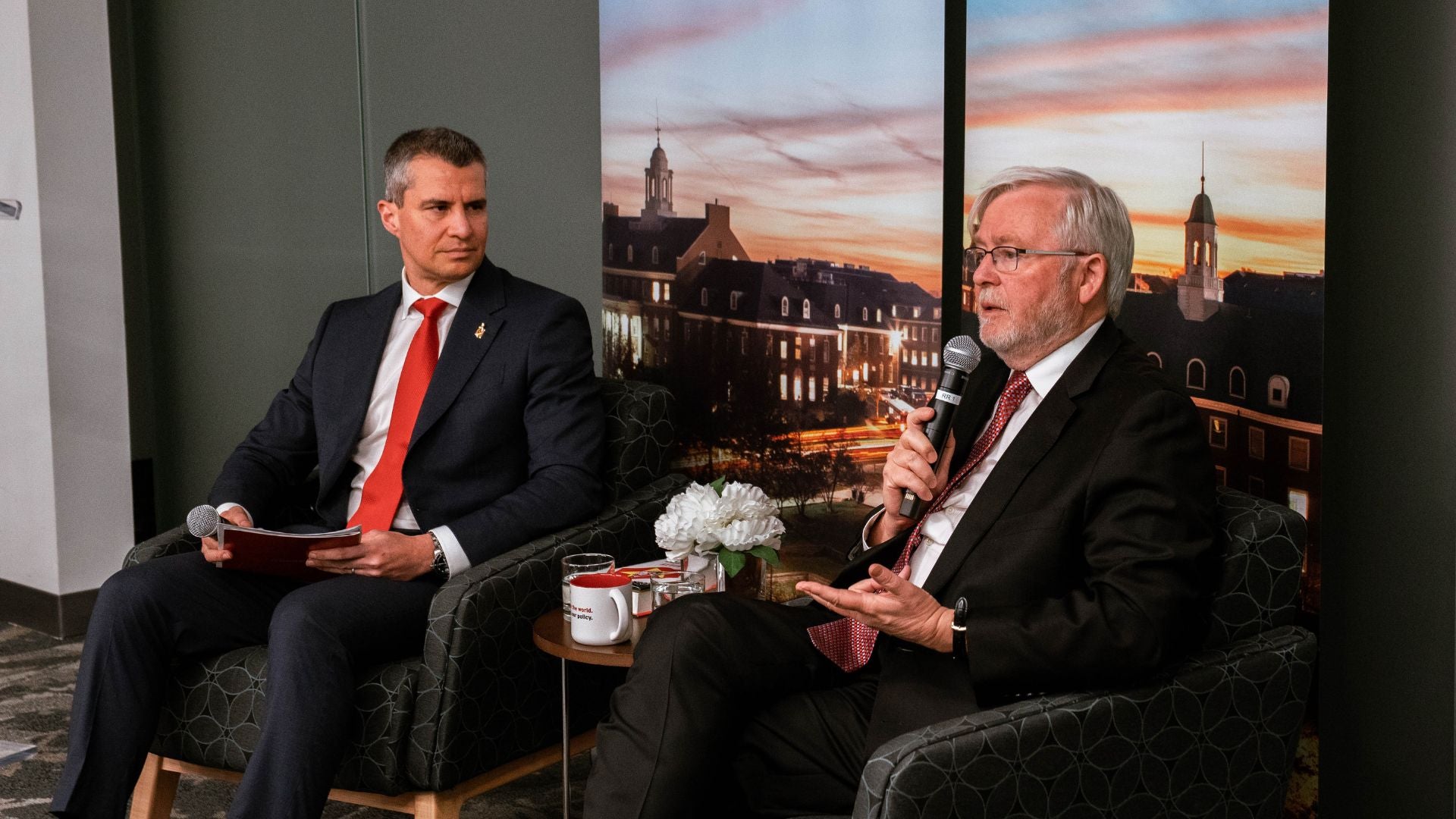
Worsnop challenges assumptions on what makes insurgent groups succeed, and why leadership matters more than firepower.
The future of conflict is not just about tanks and technology. It’s about who can fight smarter. From Afghanistan to Iraq to the streets of Kyiv, the dynamics of insurgency and irregular warfare continue to reshape modern conflict and challenge global policy responses. A new book by School of Public Policy Assistant Professor Alec Worsnop looks at what really determines success on the battlefield for insurgent groups, and the answer is not what conventional wisdom suggests.
In Rebels in the Field: Cadres and the Development of Insurgent Military Power, Worsnop introduces a new framework for understanding how insurgent organizations build military strength. He argues that the key is not just ideology, social cohesion or access to resources. It’s leadership—specifically, the development of small-unit combat leaders, or what he calls military cadres.
“A cadre represents a set of leaders who are well-integrated into the formal organization and able to gain the trust and support of their fellows,” Worsnop explains. “More than simply contending that ‘cadres matter,’ I argue that cadres carry out critical political and military functions that affect whether, and to what extent, insurgencies perform well on the battlefield.”
Drawing on fieldwork and detailed case studies of the Taliban, insurgent groups in Vietnam and 17 groups in Iraq, the book shows that insurgent success often mirrors the same principles that shape operational and tactical effectiveness in conventional militaries. These insurgent groups select capable combat leaders who gain the trust of their fighters by planning solid operations and conducting realistic training that prepares fighters to carry out these operations in the field.
It is what insurgents do with what they have that matters, not just what they have.Alec Worsnop
In doing so, Worsnop challenges common assumptions about how ideology or social ties translate into fighting ability. “It is what insurgents do with what they have that matters, not just what they have,” he stated, noting that long-standing political and religious networks can sometimes hinder tactical innovation and leadership development.
This research carries major implications for military strategy and public policy. As the U.S. and its allies continue to navigate irregular threats in conflict zones around the world, Worsnop emphasizes that understanding organizational capacity, not just ideology or affiliations, is critical.
“The book highlights the importance of explicitly assessing organizational capacity rather than treating all insurgent or terrorist groups as ‘like’ entities,” said Worsnop. “Finding groups that have strong social networks is not a good shortcut for identifying capable partners.”
Worsnop’s theory is already proving useful in making sense of current conflicts. In Ukraine, for example, local resistance groups and military battalions have demonstrated unexpectedly strong battlefield performance against a conventionally superior Russian force.
“For much of the early conflict, Ukraine's success was based on the nitty gritty of asymmetric small-unit warfare,” explains Worsnop. “Rather than being constrained by its large conventional might, Ukraine flexibly employed a traditional military force on the battlefield.”
As conflicts take on new dynamics, such as drone warfare, cyber operations or global recruitment strategies, the book provides a framework that remains relevant and adaptable. At its core is a message that resonates across battlefield and policymaking circles: military effectiveness is built, not assumed.
For policymakers focused on building partner capacity or evaluating global threats, Worsnop’s findings offer a powerful reminder. Not all insurgents fight the same way, and not all allies are ready to lead. Understanding who can fight smarter starts with understanding how organizations actually build power.
The print edition of “Rebels in the Field” will be available Oct. 6.




